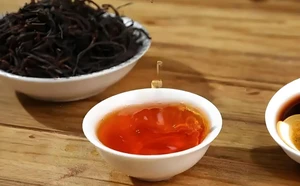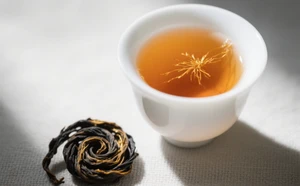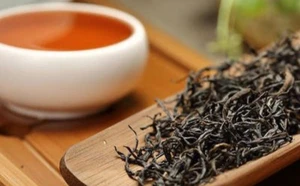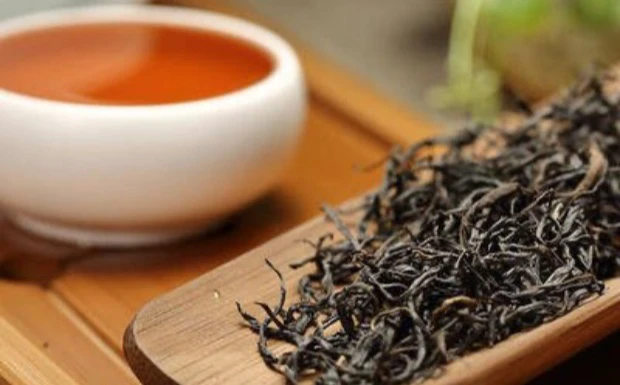

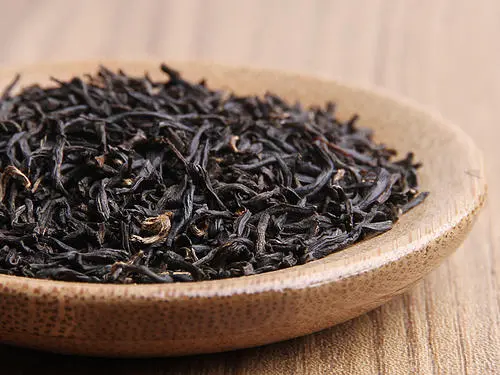
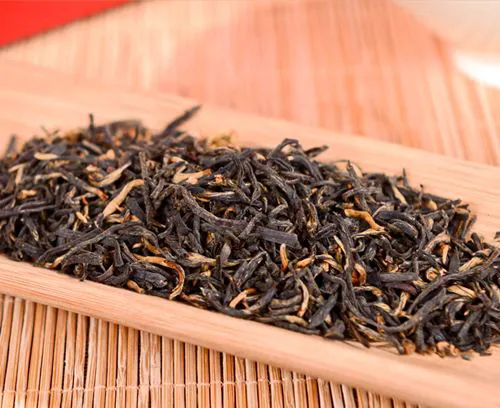

Keemun (Qimen Hongcha)
Origin
Anhui
Category
Black Tea
Harvest Time
Spring & Summer
Processing
Full Oxidation
Description
Keemun, also known as Qimen Hongcha, is a premium Chinese black tea from Qimen County, Anhui Province. It is renowned for its distinctive aroma, often described as having notes of orchid, honey, and a unique smoky character known as 'Qi Men Xiang'.
